Fertilizing roses in spring and summer: how and what is better to fertilize for lush and long flowering
Rose is the queen of the garden, which means that she needs care in accordance with the situation. In other words, without special care on your part, the beauty will not give you pleasure - it will bloom magnificently and for a long time. Therefore, it is very important to properly care for the roses throughout the entire period, including in spring, when the plant is just waking up and especially needs additional nutrition.
How to properly feed roses in spring and summer so that they bloom magnificently and for a long time, read further in our article.
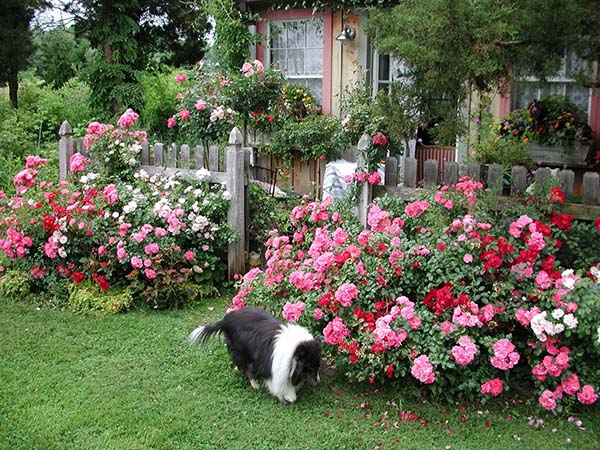
Content
Why fertilize roses in spring and summer
Everything is obvious - every florist wants his roses to have powerful shoots, and to bloom as bright, plentiful and long as possible. This is why you need to feed roses in spring and summer.
Note! If, when planting roses, you have already applied fertilizers, then in the next 2 years the bushes do not need any feeding.
Roses, like any other plants, need certain macro- and microelements for growth and development (flowering):
- Nitrogen - required for active growth of powerful and strong shoots (a set of green mass).
Important! If you overfeed the roses with nitrogen fertilizers, the plant will begin to "fatten" - to give a huge amount of shoots and leaves, and the bloom will be faded and short-lived.
- Phosphorus - promotes lush, abundant (affects the size and number of flowers) and long-lasting flowering, and is also responsible for the root system of the plant.
- Potassium is very important in the budding and flowering phase (it also contributes to better flowering), as well as for the establishment of future flower buds (i.e. in the fall) and the successful wintering of roses (affects frost resistance).
By the way! Potassium also increases the resistance of roses to a number of fungal diseases such as powdery mildew, rust, black spot.
- There are a lot of trace elements, and they are all responsible for different processes in plants. For example, the setting of buds and the brightness of flowers largely depend on magnesium. In case of iron deficiency, the rose will begin to develop chlorosis.
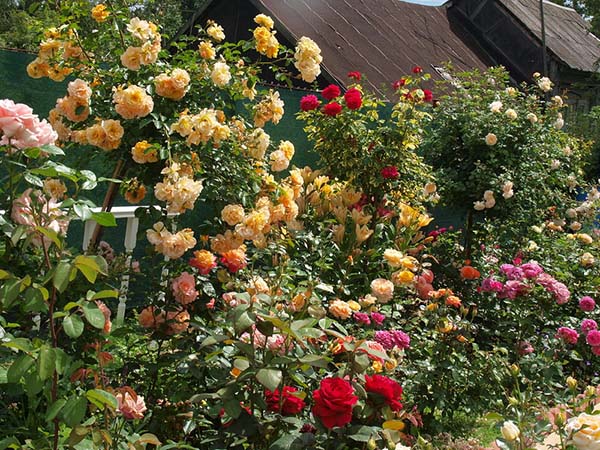
Of course, there are flower growers who never feed roses with anything, and they grow beautifully, bloom from May until frost. Actually, you can also conduct an experiment and see the difference (feed some roses, and others not).
When to feed roses in spring and summer: optimal timing and scheme
The first feeding of roses, as a rule, is done immediately. after you open the bushes after winter i.e. remove winter shelter and / or uncook.
In other words, you can start feeding roses in spring when:
- night frosts will end;
- the ground is already warm enough;
- the root system of the rose will start working.
Some growers adhere to this feeding scheme in spring and summer:
- First fertilization - immediately after taking shelter and spring pruning - nitrogen fertilizer (ammonium nitrate or urea).
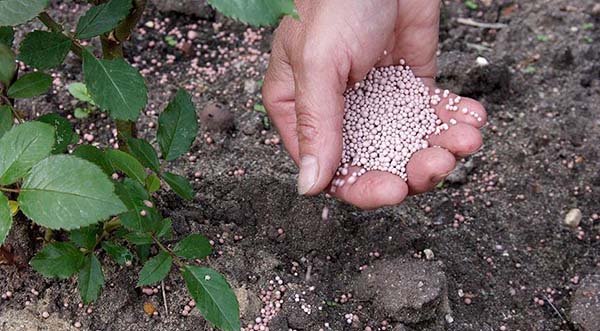
Note! If you do not carry out the first feeding, then nothing terrible will happen, just do not forget about the second or third.
By the way! In general, some growers feed roses in the spring only once - with a full complex mineral fertilizer + mulch with humus or compost.
- The second - with the beginning of shoot growth and leaf blooming (10-14 days after the first feeding) - a complex mineral fertilizer (nitrogen, phosphorus, potassium - approximately equally, such as nitroammofoska).
- Third - during the budding period - complex mineral fertilizer (less nitrogen, more phosphorus and potassium, as an option, potassium sulfate + superphosphate).
- The fourth summer dressing of roses (after the first flowering, about July) is a complex mineral fertilizer (there is even less nitrogen, more phosphorus and potassium, again potassium sulfate + superphosphate).
The fifth autumn dressing of roses is done in late summer and early autumn. Its goal is to prepare the plant for winter, which means that it should be a phosphorus-potassium fertilizer.
Advice! The site already has a separate material about how and what to feed roses in autumn.
Video: feeding roses in practice - terms, rules, fertilizers
How to properly feed roses in spring and summer
Basic recommendations for proper fertilization of roses:
- Before applying fertilizer, along the diameter of the bush (or better even a little more, at least, retreating by 15-20 centimeters), you need to make an annular groove, so to speak, a groove (hole).
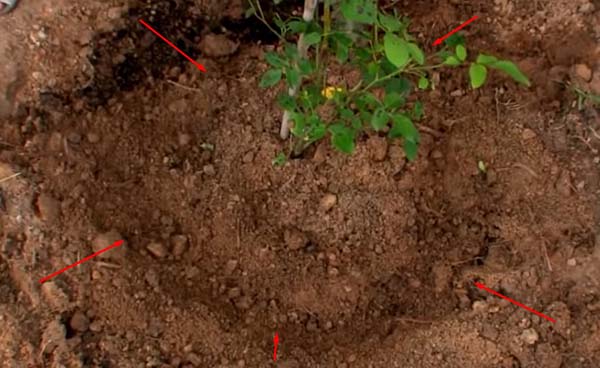
And after applying top dressing, you can lightly sprinkle the wet holes with humus or compost (this will be both mulch and additional food).
- Before feeding roses, it is recommended to first spill the bushes with plain water, because it is always necessary to fertilize on wet soil, especially with mineral fertilizers.
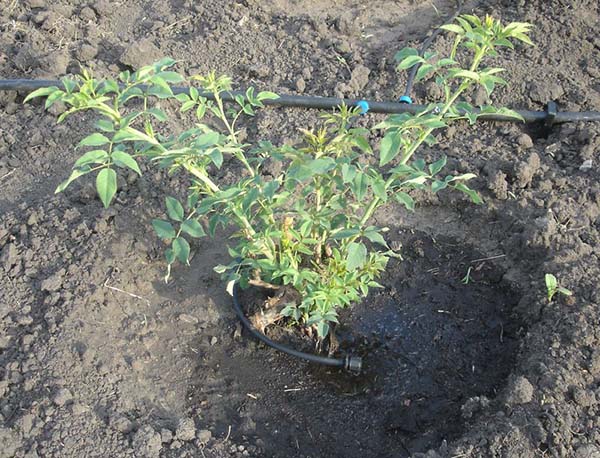
By the way! You can water it a day or 1-2 hours before applying liquid dressing.
- Top dressing is desirable in the morning or evening hours, but not at noon, when the sun is at its zenith.
- Usually, in the spring produced precisely root dressing (in liquid form, but it is also possible in dry form - scatter the granules into the holes and cover them, the fertilizers will gradually dissolve during watering or rains). But already in summer can be done and foliar feeding (by leaves).
Important! It is believed that foliar (leaf-based) dressing is especially effective when the plant is in dire need of some trace elements, for example, in the case of chlorosis.
However! Foliar dressing cannot completely replace root dressing.
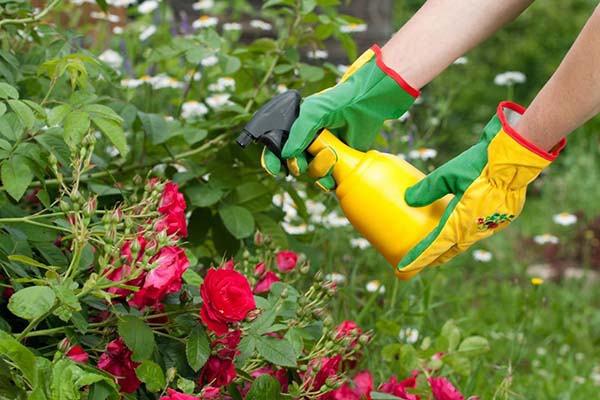
- As for the dosages and timing of certain fertilizers, always follow the instructions on the packages, do not rely on memory.
How to feed roses in spring and summer for flowering: options for effective dressing
There are many options for fertilizing roses. Of course, it is always optimal to combine mineral (preferably complex) and organic fertilizers.
Important! All types of roses can and should be fed: ground cover, Floribunda, climbing (climbing), hybrid tea and others.
Consider the main fertilizers for spring and summer dressing of roses:
Nitrogen feeding
Remember! It is applied immediately after removing the cover.
Mineral nitrogen fertilizers:
- Urea (Carbamide) - 46% nitrogen (10-15 grams per 10 liters of water, or per 1 sq. M);
By the way! The site already has a separate article about how to use urea.
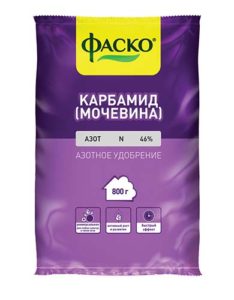
- Ammonium nitrate - 33-35% nitrogen (15-20 grams per 10 liters of water, or per 1 square meter);
Advice! Also released a separate material on the use of ammonium nitrate in the garden.
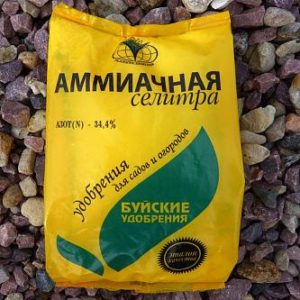
Organic fertilizers:
- infusion chicken droppings (usually 1 in 20, and then another 1 in 3 with water);
- infusion cow dung or mullein (1 in 10, and then another 1 in 4 with water);
- green manure (nettle infusion).
Alternatively, you can mulch the roses (scatter them around the trunk)compost or humus.
Complex organo-mineral feeding
As we have already found out, roses respond very well to joint feeding with organic and mineral fertilizers.
So, roses in the spring can be fed with the following composition:
- Nitroammofoska (nitrogen, phosphorus, potassium - 16% each). Prepare the solution at the rate of 20-30 grams per 10 liters of water. Pour about 5 liters under an adult bush.
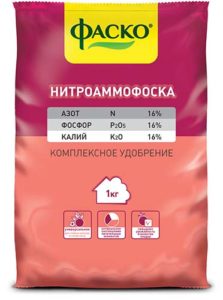
- or more powerful Diammofoska - 10% nitrogen, 26% each phosphorus and potassium (20 grams per 10 liters of water).
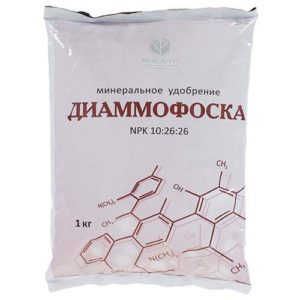
Initially, it is better to dissolve nitroammophoska, like diammofoska, in hot water (40-50 degrees).
- Infusion of chicken droppings... It can be prepared as follows: fill a 2/3 bucket with droppings, fill it with water to the brim, leave for 5-7 days, then dilute the infusion 1 in 20 with water and carry out top dressing (on average, you need 5 liters per 1 adult bush).
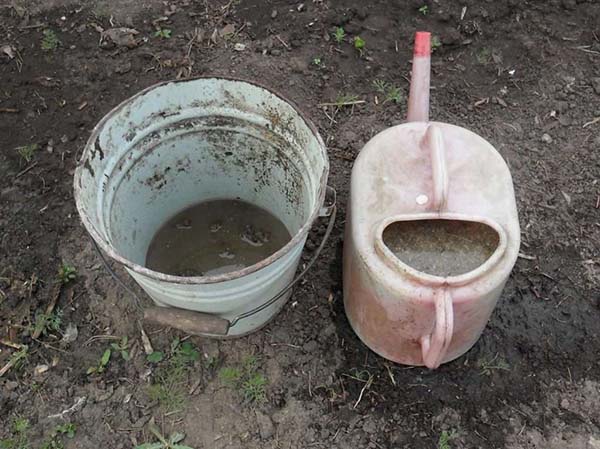
Advice! You can replace fresh chicken droppings herbal infusion (optimally on nettles) or use granulated chicken droppings (diluted according to instructions).
Video: feeding roses in spring with nitroammophos and chicken droppings
Phosphate-potassium fertilizing
An excellent option for feeding roses during the budding period or in the summer after the first flowering can be the following combination of mineral fertilizers:
- Superphosphate - nitrogen 6-9%, phosphorus - 26-30% (10-20 grams per 10 liters of water or per 1 square meter).
By the way! The site has a detailed article about how to apply superphosphate.
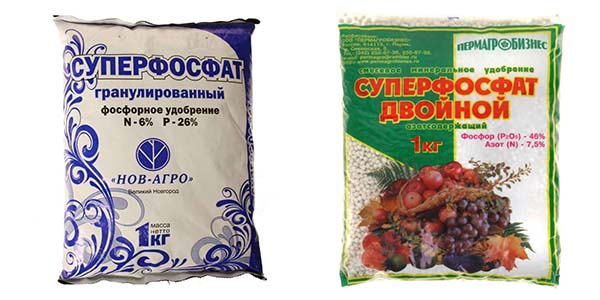
- Potassium sulfate (potassium sulfate) - 46-52% potassium (10-20 grams per 10 liters of water or per 1 square meter).
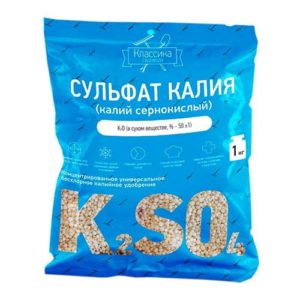
Video: feeding roses during budding with superphosphate and potassium sulfate
By the way! Instead of potassium sulfate (potassium sulfate), you can use potassium salt.
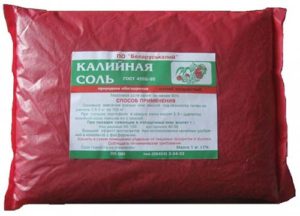
And it is also very convenient to use kalimagnesia, which, in addition to potassium, contains such an important trace element for the flowering of roses as magnesium.
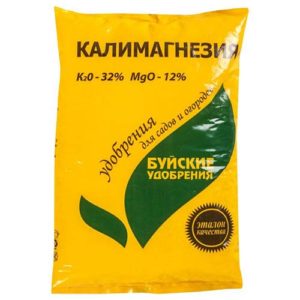
And if you proponent of organic farming (although feeding flowers with mineral fertilizers is not the same as edible crops), you can use wood ash, having prepared the following solution (or even better infusion-extract): 100-200 grams per 10 liters of water.
Concerning phosphorus, it is available in the same bone or fish meal.
Fertilizers for roses
If you do not want to bother (you are a "lazy" summer resident), then you can buy one of special complex fertilizers for roses, which already contains all the macro- and microelements, for example (all apply according to the instructions on the packages):
- Fertika "Kristalon" for roses (liquid);
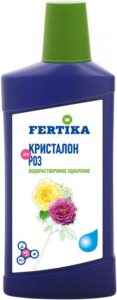
- Fertika "Garden and vegetable garden" for roses (organic-mineral dry mixture, more powerful and with humate);
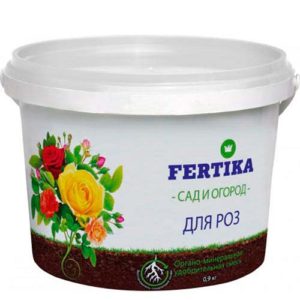
- Particularly popular are special fertilizers of prolonged action (granular, it is desirable to apply dry in the holes along the diameter of the bushes, and then water). For example, "Gloria»From Fusco.
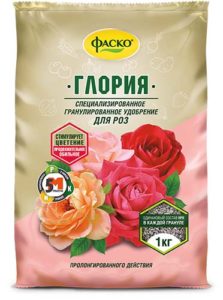
- Or "Roses»FromPokon (Pocon).
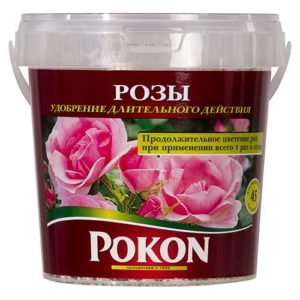
Fertilizers with humates and microelements
Very good to use humateswhich contribute to better absorption of mineral fertilizers. Therefore, you can prepare the solution first Potassium humate, and then add a complex mineral fertilizer to it, for example, the same nitroammophoska.
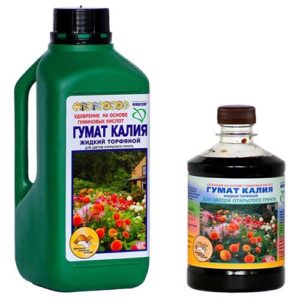
By the way! Now humates are initially added to some complex mineral fertilizers. For example, "Strong " with potassium humate and trace elements.
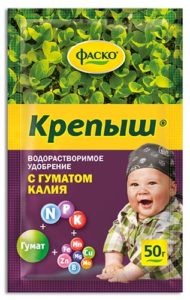
In general, it is very convenient to use for feeding roses ready-made cocktails with essential microelementstype Humate +7 (sometimes + Iodine).
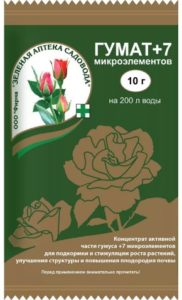
Video: how to fertilize roses in spring
Thus, if you do not skimp on good fertilizers and carry out several dressings of the rose in spring and summer, the queen of the garden will certainly thank you with her remarkably exquisite and long flowering!
Video: when, how and how to properly fertilize a rose

